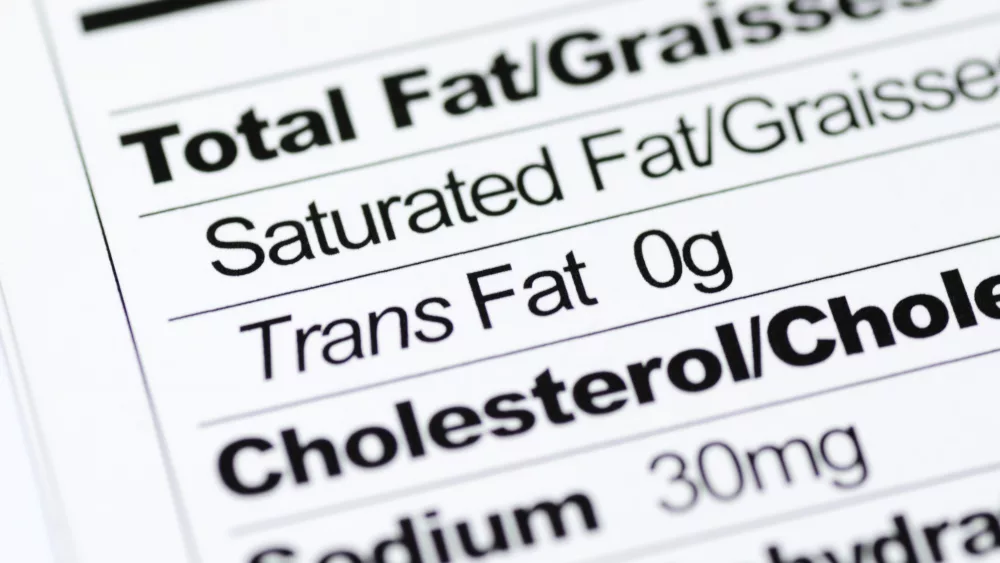
A month before leaving office, the Trump administration rejected an advisory committee’s recommendation that men should cut their daily alcohol consumption in half—from two drinks down to one. The result is that the recently released “Dietary Guidelines for Americans, 2020-2025,” retains the previous suggestion that men may safely drink two glasses of wine per day, whereas women should continue to limit their intake to only one glass.
Of course, wine is not the only alcohol included in the new guidelines, but the difference between types of alcohol is limited to volume only. One alcoholic drink is defined as containing 14 grams (0.6 fluid ounces) of pure alcohol and is the equivalent of 5 fluid ounces of wine (12 percent alcohol), 12 fluid ounces of regular beer (5 percent alcohol) or 1.5 fluid ounces of 80 proof distilled spirits (40 percent alcohol).
Although the new guide does not change the recommended consumption amounts, a considerable amount of the 149-page document refers to the consumption of alcohol as akin to eating sugar or saturated fat. Throughout the entire guide there is little or no mention of any possible health benefits from even modest alcohol consumption.
“Emerging evidence suggests that even drinking within the recommended limits may increase the overall risk of death from various causes, such as from several types of cancer and some forms of cardiovascular disease,” the guide reports. “Alcohol has been found to increase risk for cancer, and for some types of cancer, the risk increases even at low levels of alcohol consumption (less than 1 drink in a day). Caution, therefore, is recommended.”
The guide also “…does not recommend that individuals who do not drink alcohol start drinking for any reason. There are also some people who should not drink at all, such as if they are pregnant or might be pregnant; if they have certain medical conditions or are taking certain medications that can interact with alcohol; and if they are recovering from an alcohol-use disorder or if they are unable to control the amount they drink…drinking less is better for health than drinking more.”
The new guide highlights a range of risks associated with an undefined “higher average” alcohol consumption: “…higher average alcohol consumption is associated with an increased risk of death from all causes compared with lower average alcohol consumption. Alcohol misuse or consuming alcohol in excess of recommendations increases risk of several other conditions such as liver disease, cardiovascular disease, injuries, and alcohol use disorders.”
Beyond the unheeded panel’s suggestion to bring men’s alcohol consumption in alignment with that of women, the committee—made up of doctors and nutritionists—also suggested a general reduction in the percentage of daily calories consumed in the form of added sugars from 10 percent down to 6 percent. This recommendation, too, was not adopted, although the guide now states: “Foods and beverages high in calories from added sugars should be limited to help achieve healthy dietary patterns within calorie limits.”
Alcohol is included in the guide’s discussion of beverages that are high in calories.
A chart (provided on page 49) includes this statement: “Alcoholic beverages supply calories but few nutrients, and calories from alcoholic beverages should be accounted for to keep total calorie intake at an appropriate level.”
The guide provides a link to an “alcohol calorie calculator.” According to the calculator, a glass of red wine has 125 calories, whereas Champagne has 84. To put that into perspective, a 1.5-ounce shot of tequila has 97, whereas a piña colada has a whopping 490, making this tropical drink more than twice the calories of another common culprit of undesired calories, a Grande (16-ounce) Starbucks Caramel Macchiato, which has 240.
The entire wine industry is seeing increased skepticism in the belief that wine is some cure-all health elixir, with a growing chorus of voices highlighting the possible negative health effects of alcohol consumption. However, what these new guidelines may miss is not just how much of something is ingested but how and with whom it is consumed.
For years moderate consumption of wine was considered to have numerous health benefits, including lowering the risk of Alzheimer’s disease and dementia, decreased risk of pulmonary disease (in men) and an overall increase in longevity. As researchers dig into the data, they are often now finding that the benefits of drinking wine might not be linked to the beverage at all but instead linked to the overall lifestyle of those who drink it. Scientists are just now beginning to examine how drinking a glass of wine at dinner with those whose company you enjoy might actually be the primary cause of any health benefits. Previously, it was attributed to something within the beverage—or wine itself.




